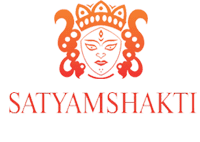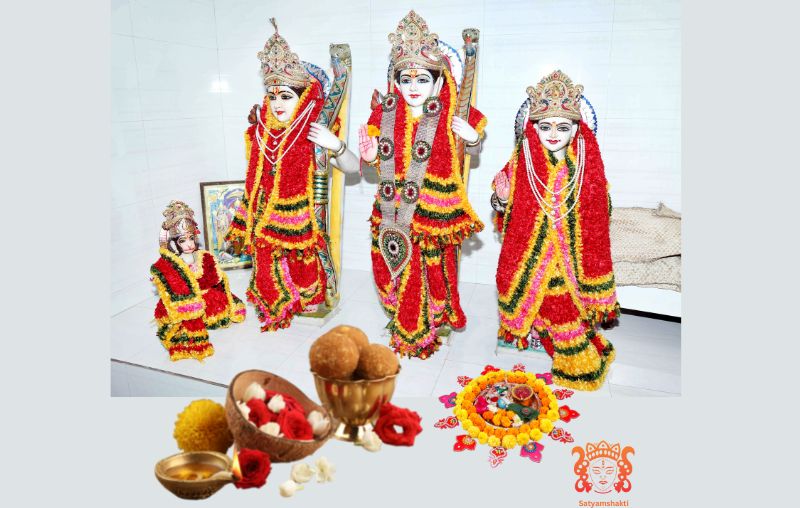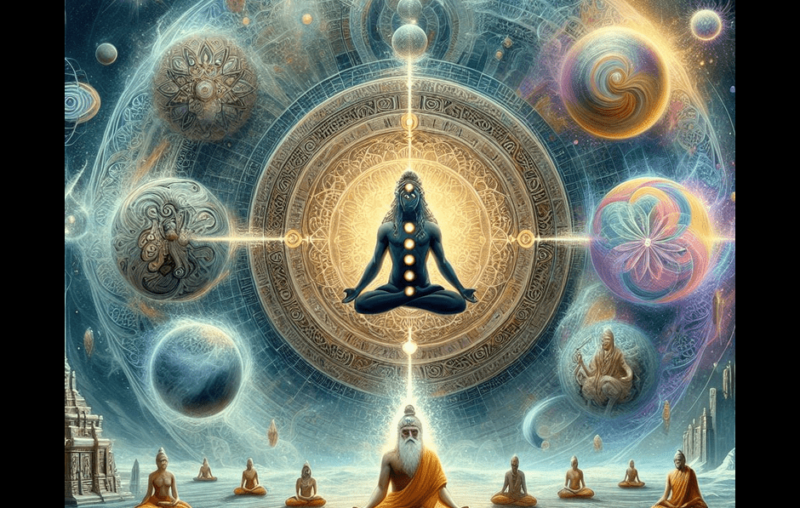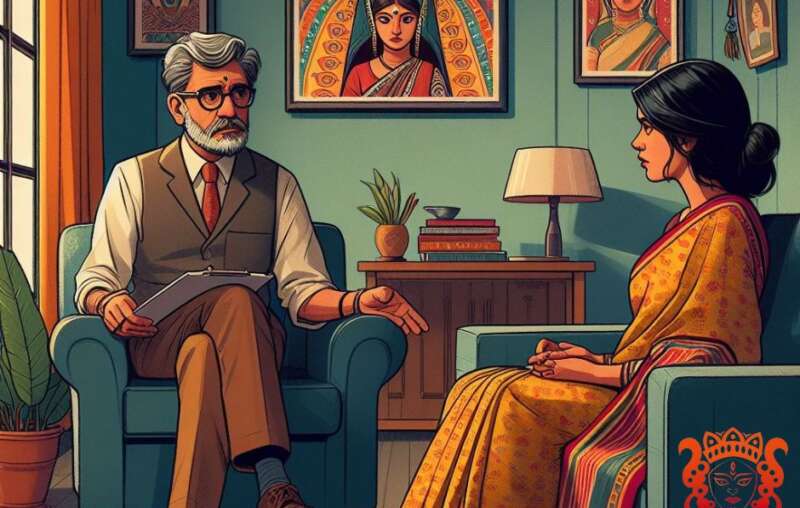The “Hare Krishna Mahamantra” – which are the names of Nārāyaṇa – is found in the Kali-santarana Upanishad and is actually supposed to be chanted the opposite way around – with HARE RAMA coming first.
It’s effect do not take place immediately – you need to do a lot of concentrated chanting:–
Again Narada asked; “O Lord what are the regulations(vidhi) to be observed?” Brahma replied: “There are no regulations. Whoever in a pure or impure state chants these names always, attains the same world (salokya), proximity to (samipya), the same form as (sarupya) or absorption into Brahman (sayujya). Whoever chants this mantra of sixteen names 35 million times is absolved of the sin of murdering a Brahmin and that of murdering a hero. He is absolved of the sin of the theft of gold. He becomes purified from sexual misconduct. Having abandoned all Dharmas he is absolved from all sins. He becomes immediately liberated. This is the Upanishad. 3.
1 The Vidhi are the rules and regulations governing the circumstances and method of chanting a particular mantra.
2 All mantras require a knowledge of the name of the Rishi who revealed, the Deity (Devata) to which it is directed, the seed mantra (bija) and the secret pin (kilakam) which obstructs the power flow, the energy force (śakti) and the objective (viniyoga); that is the specific number of times the mantra is to be recited, and the conditions under which the anuṣṭhāna (practice) is to be undertaken. Furthermore the qualifications of the recipient of the mantra and the procedure of initiation are stipulated. For this mantra none of the above apply. There are no qualifications for receiving the mantra, there is no process of initiation and no rules and regulations for chanting it.
3 These are the four forms of ultimate liberation taught in the Upaniṣads.
4 This number will be reached by chanting the mantra 100,000 times per day for a year, or 10,000 per day for 10 years or 1000 per day for 100 years.
5 Here three of the five Mahā-pātakas are mentioned. According to the rules of exegesis any number of a category refers to all of them. The Pañca Mahā-Pātakas are the most heinous sins for which there is normally no redemption in the Vedic Law Books. The five are Brahma-hatya – the killing or injuring of a learned priest, svarna-steya – stealing gold or any object dedicated to a god, sura-pāṇa – the imbibing of alcohol, guru-talpaga – having intercourse with the wife of the guru (or any one of a prohibited degree) and śiśu-hatya — the aiding and abetting of abortion or murder of a child.
6 Dharmas here refers to penances and religious practices to generate merit in order to counteract the above mentioned Heinous Sins.
Kalisantarpanopanishad specifically states “ HARE RAM HARE RAM RAM RAM HARE HARE, HARE KRISHNA HARE KRISHNA KRISHNA KRISHNA HARE HARE” . We are not supposed to change order. In incarnation of Vishnu, Ram comes first and Krishna follows. Since presiding deity of ISKON is Krishna they have changed the order. Let us not enter controversy.



